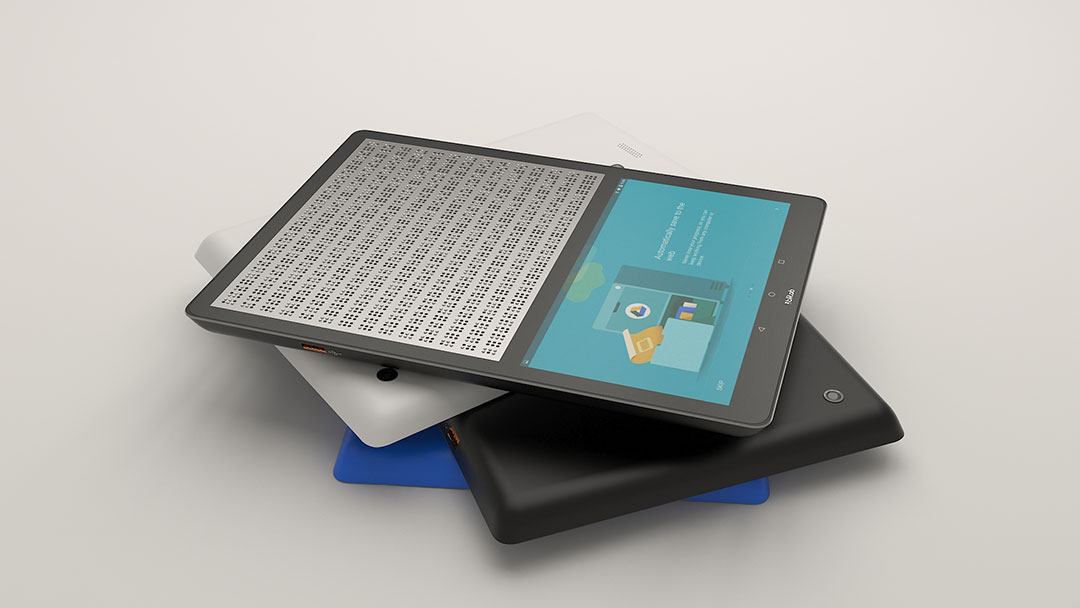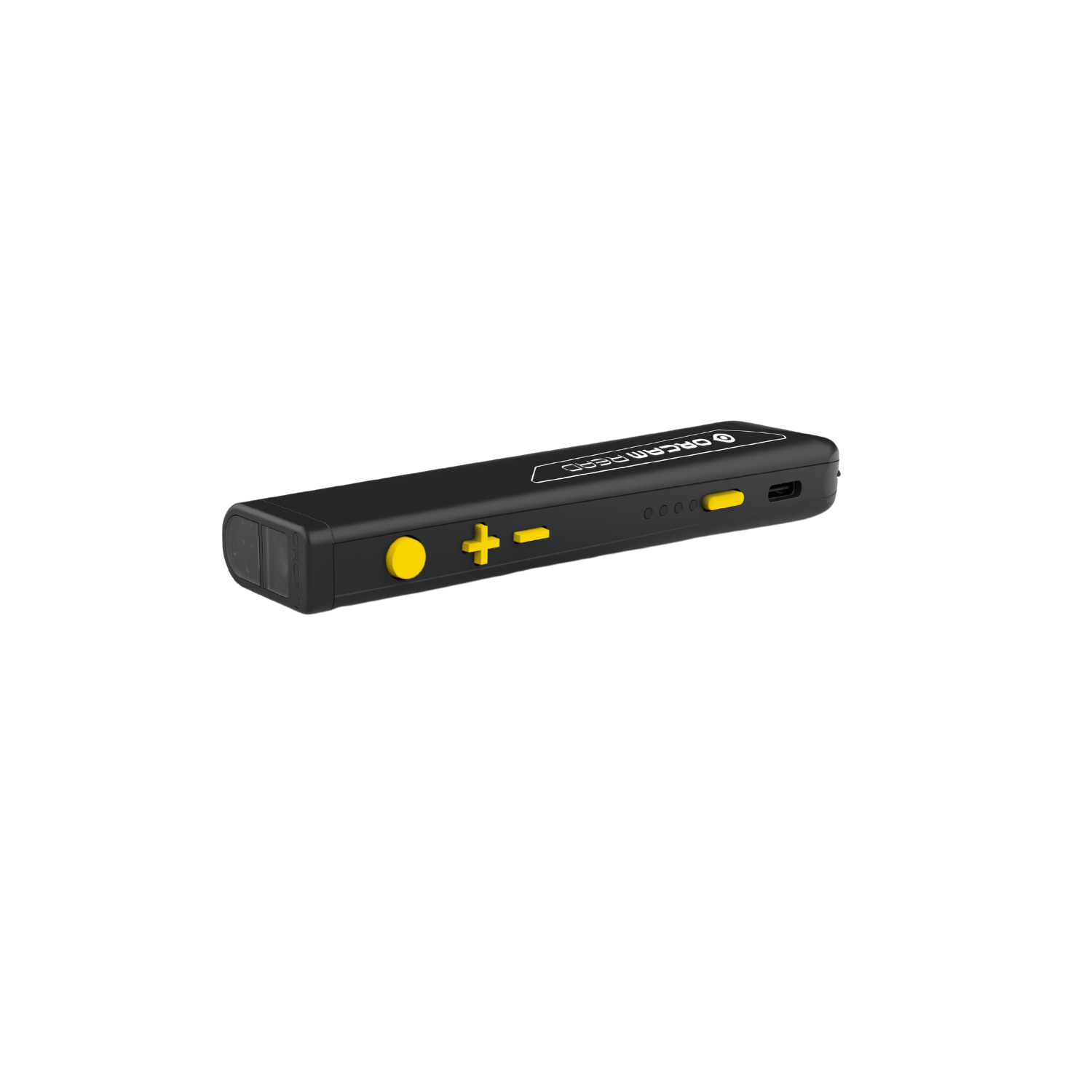Empowering Freedom With Assistive Technology for the Blind
The assimilation of assistive technology into the lives of people with aesthetic problems stands for a significant improvement in advertising freedom and self-sufficiency. From ingenious display viewers to innovative wise canes, these devices not just improve everyday navigation and communication yet additionally encourage customers to involve meaningfully in numerous aspects of life. As we check out the myriad advantages and real-world applications of these technologies, it becomes important to analyze the underlying factors that contribute to their performance and the capacity for future growths in this crucial field.
Review of Assistive Modern Technology

The development of assistive technology is grounded in principles of inclusivity and empowerment. Advancements in software, hardware, and sensory improvements provide customers with options customized to their specific requirements. From screen readers that convert message to speech, to tactile tools that share information via touch, these tools transform the means individuals engage with their surroundings.
Along with functional applications, assistive innovation fosters better social incorporation and involvement in numerous industries, consisting of education and learning and work (Mobility aids for visually impaired users). As research and development remain to progress, the possibility for assistive technology to additionally improve the lives of visually impaired people stays appealing, leading the way for an extra equitable society where every person can flourish
Kinds Of Assistive Tools
A variety of assistive devices have arised to support individuals with visual problems, each designed to satisfy particular requirements and enhance daily performance. These tools vary from low-tech services to modern developments, giving diverse options for users.
Low-tech gadgets consist of magnifiers and large-print products that aid in reading and writing. Braille tools, such as Braille slates and stylus pens, make it possible for tactile reading and interaction. Alignment and flexibility help, like white walking canes, aid individuals browse their atmosphere safely.
On the greater end of the spectrum, electronic magnification systems and display visitors offer substantial support. Digital magnifiers enable users to expand message and images on displays, while display readers transform digital material into manufactured speech, assisting in accessibility to information on smartphones and computer systems.
Mobile phone applications also play an important role, providing functions like message acknowledgment and navigating help. Wearable modern technology, such as wise glasses furnished with augmented truth, is emerging as an encouraging tool to improve situational recognition.
Benefits of Assistive Technology
The assimilation of assistive modern technology considerably improves the lifestyle for people with visual problems. These technologies empower customers by promoting self-reliance, allowing them to browse their settings more effectively and perform day-to-day jobs with greater simplicity. Screen visitors and magnification software enable people to gain access to digital info, promoting instructional and professional possibilities that might have formerly been out of reach.
In addition, assistive gadgets such as wise walking canes and general practitioners applications give real-time navigating aid, boosting mobility and security. This enhanced freedom not just enhances self-worth yet likewise encourages social interaction, allowing users to participate more fully in their areas.
Assistive technology likewise promotes interaction, helping customers connect with others via voice recognition and text-to-speech applications. This capability is essential for preserving connections and accessing crucial info.
Additionally, the modification options offered with many assistive modern technologies ensure that users can customize gadgets to their particular requirements, better enhancing functionality and efficiency. Generally, the advantages of assistive modern technology for people with aesthetic disabilities are profound, advertising an extra inclusive culture where everybody can seek their goals and objectives.
Study and Success Stories
Highlighting the transformative impact of assistive technology, countless study highlight exactly how people with visual problems have actually efficiently integrated these tools into their day-to-days live. One compelling instance entails an university student who used display reading software application to browse academic materials and on the internet resources successfully. This technology not just promoted her education and learning however likewise enhanced her confidence in joining discussions and team jobs.
An additional study features an expert who utilizes a mobile phone application designed for navigating and things recognition. By using this app, he has actually regained autonomy in both his individual and job atmospheres, allowing him to commute individually and engage with colleagues extra successfully.
In addition, a senior citizen shared her experience with braille e-readers, which enabled her to access a large variety of literary works and remain gotten in touch with her neighborhood through book clubs.
These success stories highlight the vital function of assistive innovation in fostering independence, explanation enhancing lifestyle, and advertising social combination for individuals with aesthetic impairments (Voice-activated assistive devices). By welcoming these cutting-edge devices, customers can get rid of difficulties and take chances that add to their expert and individual fulfillment

Future Patterns in Assistive Innovation
Innovation in assistive technology is poised to redefine the landscape of assistance for people with visual disabilities. Arising patterns highlight the combination of expert system (AI) and machine knowing, which enhance the performance of gadgets that aid with navigation and info availability. AI-driven applications are currently capable of analyzing visual data in real-time, official site allowing customers to involve with their atmosphere much more independently.
Moreover, the advancement of wearable innovation is advancing rapidly. Smart glasses furnished with enhanced reality (AR) can give audio summaries of surroundings, transforming how customers engage with public rooms. These gadgets not only advertise autonomy however likewise foster social inclusion.
Additionally, the Web of Things (IoT) is making homes smarter, permitting smooth connection between assistive tools and daily appliances. This connectivity encourages customers by allowing voice-activated controls and computerized reactions tailored to private demands.
Conclusion
In conclusion, assistive technology plays an essential function in empowering individuals with visual disabilities by boosting their freedom and involvement with their environments. The varied series of tools and applications available not only promotes navigation and interaction however additionally promotes social assimilation and possibilities for individual and professional development. As innovations proceed in this area, the potential for improving the quality of life for those with visual impairments will increase, fostering higher autonomy and empowerment.
